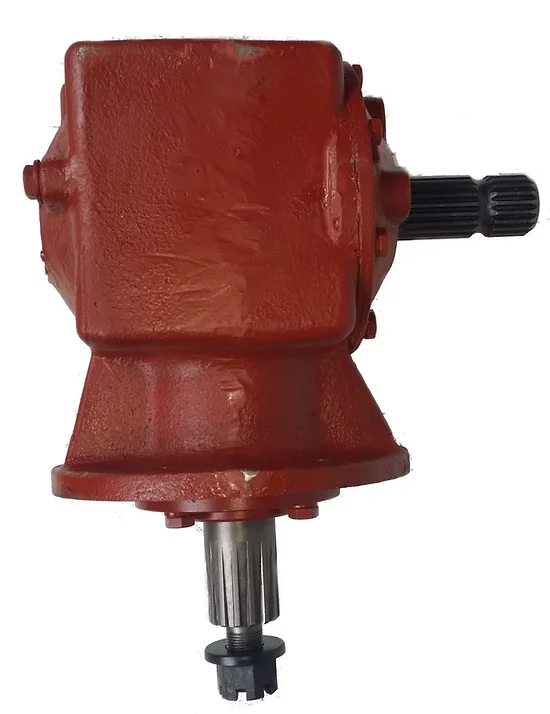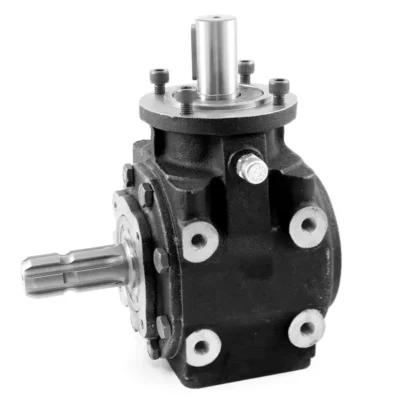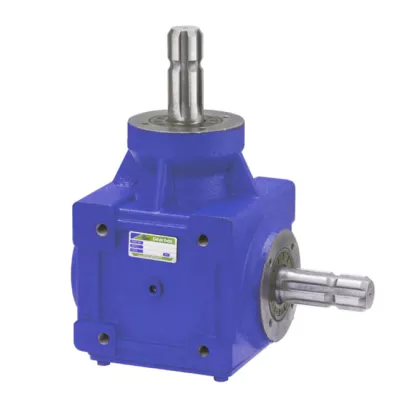Product Description
WPDO speed reducer,; worm gear box
| Rated Power | 3.;0~4.;0kw |
| Output Speed | 23~140rpm |
| Output Torque | 19-2745n.;M |
| Ratio | 1/10~1/60 |
Model NO.;:; WP series Manufacturing Method:; Cast Gear
Toothed Portion Shape:; Spur Gear Type:; Worm and Wormwheel
Gearing Arrangement:; Worm Output Torque:; 19-2745n.;M
Rated Power:; 3.;0~4.;0kw Input Speed:; 1400
Output Speed:; 23~140rpm Place of Origin:; ZHangZhoug,;China
Model Number:; Wpdo Brand Name:; EED
Color:; Green,;Yellow or According to Custom Extra Service:; OEM Welcome!!!
Specification:; SGS,; ISO9001 Origin:; ZHangZhoug,; China
HS Code:; Worm gear box
1.; Widely used in turbines,; shaft liners and axletrees,; good resistance to wearing,; with high precision in dimensions,; lower noise,; advanced centric running castings
2.; Without vent and highly precision
3.; The whole structure is compact and the weight is larger
1.; Notice of installation
1.;1 Thebase-plate must be plane and stoutness,; and the base-plate must be screwed downand shockproof.;
1.;2 Theconnecting shaft of prime mover,; reducer and operation device must be coaxialinstallation.;
1.;3 Thediameter tolerance zone of input and output shaft is H6,; the holes of fittings(such as couplings,; belt-pulley,; sprocket wheel and so on); must properly matethe shaft,; which prevents bearing from breakage because of over-loose mate.;
1.;4 Driverssuch as sprocket wheel and gear must be fitted close to bearings in order toreduce bending stress of hanging shaft.; 1.;5 Whiteassembling motor of WPD reducer,; it is necessary that proper amount of butterapplies to the worm shaft input hole and keyway,; avoiding assembling tootightly and rusting after using for a long time.; 1.;6 WhenOrdering or using all kinds of WPD type,; if the motor weight is binger than thecommon,; supporting set is required.;
2.; Notices of usage
2.;1 Before using,; please check carefully whether the reducer model,; distance,; ratio,; input connecting method,; output shaft structure,; input and output shaftdirection and revolving direction accord with requirement.;
2.;2 According to the requirement of selecting lubricant oil in the productmanual,; please fill proper category and brand lubricant.; And then screw on thevent-plug; Unlock the small cone-plug of vent-plug.; Only after doing these,; reducer is already for starting up running.; The proper brand and adequatelubricant oil is required,; replacing oil in time conforming to the request ofproduct manual is also necessary,; especially after using first 100 hours,; it isrequired refilling new oil.;
2.;3 Whenabnormal circumstances occur,; please stop and check reducer per solutions andreasons for faults of reducer (allowable highest oil temperature is 95,; under this temperature limit,; ifoil temperature no more goes up,; please let reducer continue running);
| Application: | Motor, Machinery, Agricultural Machinery |
|---|---|
| Hardness: | Hardened Tooth Surface |
| Installation: | Horizontal Type |
| Layout: | Coaxial |
| Gear Shape: | Conical – Cylindrical Gear |
| Step: | Single-Step |
| Customization: |
Available
| Customized Request |
|---|

Safety Precautions when Working with Mower Gearboxes
Working with mower gearboxes requires careful attention to safety to prevent accidents and injuries. Follow these safety precautions:
- Disconnect Power: Before performing any maintenance or adjustments, turn off the mower’s engine and disconnect the spark plug wire to prevent accidental starts.
- Wait for Cooling: Allow the gearbox to cool down if it has been running, as it can become hot during operation.
- Wear Protective Gear: Use appropriate personal protective equipment (PPE), such as gloves, safety glasses, and closed-toe shoes, to protect yourself from debris and moving parts.
- Stabilize the Mower: Make sure the mower is on a level surface and properly stabilized before attempting any work on the gearbox.
- Read the Manual: Refer to the mower’s manual for specific safety instructions and procedures related to gearbox maintenance.
- Use the Right Tools: Always use the correct tools for the job, and ensure they are in good condition. Incorrect tools can lead to accidents and damage.
- Avoid Loose Clothing: Wear clothing that fits well and doesn’t risk getting caught in moving parts.
- Keep Hands Clear: Keep your hands and fingers away from the gearbox and belts while the engine is running or while performing maintenance.
- Properly Ventilate: If you’re working in an enclosed space, ensure proper ventilation to prevent exposure to exhaust fumes.
- One Task at a Time: Focus on one task at a time. Avoid distractions and multitasking while working on the mower gearbox.
- Maintain a Clean Work Area: Keep the work area clean and organized to avoid tripping hazards and to ensure easy access to tools.
- Replace Guards and Covers: After performing maintenance, ensure all guards and covers are properly reinstalled before operating the mower.
- Dispose of Fluids Properly: If you need to drain fluids from the gearbox, dispose of them according to local regulations.
- Seek Professional Help: If you’re unsure about any maintenance or repairs, or if the task requires specialized knowledge, consult a professional or authorized service center.
Adhering to these safety precautions will help you work safely and effectively with mower gearboxes, reducing the risk of accidents and injuries.

Using Synthetic Oil in Your Mower Gearbox
Yes, you can use synthetic oil in your mower gearbox, and in many cases, it’s recommended for its benefits. Synthetic oils offer several advantages over conventional oils:
- Improved Lubrication: Synthetic oils provide better lubrication, reducing friction and wear on gearbox components.
- Temperature Stability: Synthetic oils perform well in a wide range of temperatures, ensuring consistent lubrication in both hot and cold conditions.
- Resistance to Breakdown: Synthetic oils have a higher resistance to thermal breakdown, which helps them maintain their properties and effectiveness over time.
- Extended Oil Change Intervals: Synthetic oils often last longer than conventional oils, allowing for extended oil change intervals.
- Reduced Deposits: Synthetic oils tend to produce fewer deposits and sludge in the gearbox, keeping it cleaner.
Before switching to synthetic oil, it’s important to:
- Check the manufacturer’s recommendations: Confirm whether your mower’s gearbox is compatible with synthetic oil.
- Choose the right viscosity: Select a synthetic oil with the appropriate viscosity rating for your mower’s gearbox.
- Ensure proper mixing: If you’re switching from conventional to synthetic oil, it’s a good practice to thoroughly drain the old oil before adding the synthetic oil.
Using synthetic oil can contribute to the overall performance and longevity of your mower gearbox. However, always refer to your mower’s manual and the oil manufacturer’s recommendations for the best results.

Signs of a Faulty Mower Gearbox
A faulty mower gearbox can lead to poor performance and potentially expensive repairs if not addressed promptly. Here are some common signs that indicate your mower gearbox may be experiencing issues:
- Unusual Noises: Grinding, clunking, or squealing noises during operation can indicate worn or damaged gears or bearings in the gearbox.
- Loss of Power: If your mower is struggling to cut grass or move forward efficiently, it could be due to a gearbox problem affecting power transmission.
- Difficulty in Shifting Gears: If your mower has a manual transmission, difficulty in shifting gears or gears slipping out of place can be a sign of gearbox trouble.
- Leaking Oil: Visible oil leaks around the gearbox housing suggest a potential seal or gasket issue that needs attention.
- Excessive Vibration: Excessive vibration or shaking while operating the mower may indicate misaligned gears or other internal problems within the gearbox.
- Uneven Cutting: If your mower is leaving uneven patches of grass, it could be due to an issue with the gearbox affecting blade synchronization.
- Delayed Engagement: A delay between engaging the transmission and movement of the mower can signal a problem with the gearbox’s engagement mechanism.
- Burning Smell: A burning or overheated odor could be the result of friction caused by damaged or improperly lubricated gearbox components.
If you notice any of these signs, it’s crucial to address the issue promptly. Ignoring gearbox problems can lead to further damage and more expensive repairs down the line. It’s recommended to consult a professional for an accurate diagnosis and appropriate repairs.


editor by CX 2023-10-11